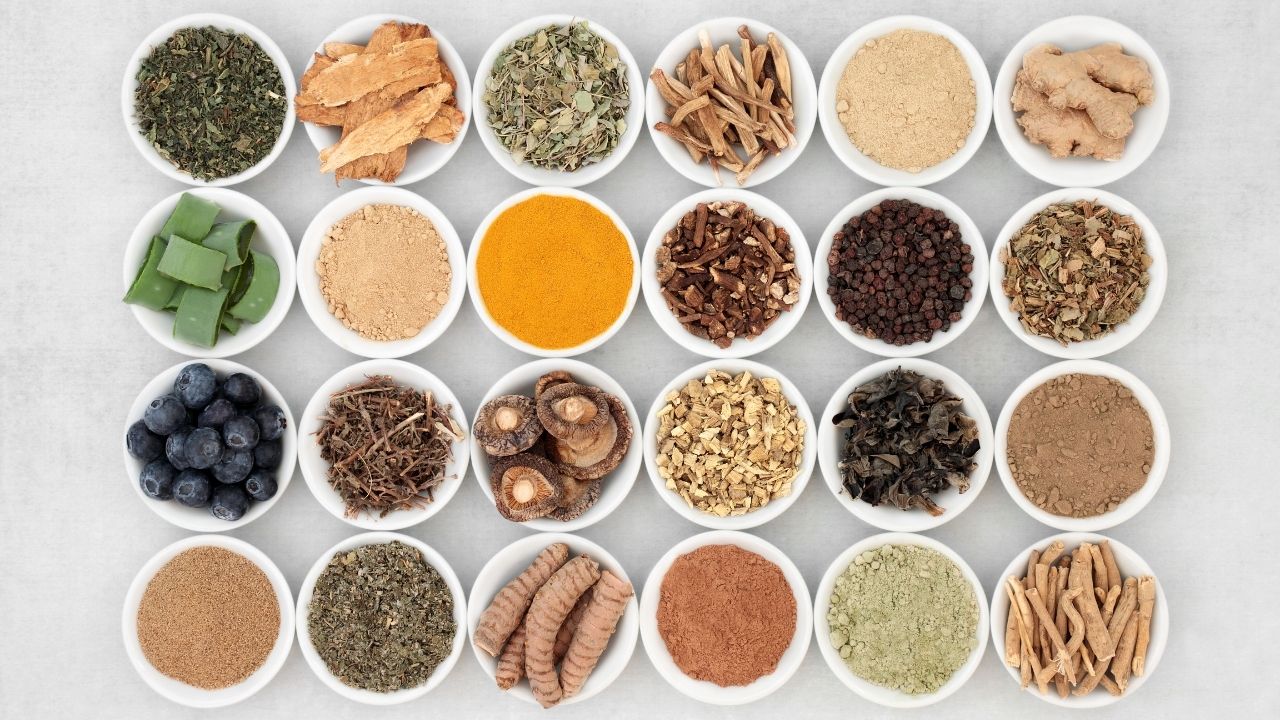
It is important to increase your caloric intake in order to lose weight. This can be done through a variety of sources, including protein, fats, and carbs. The more calories you consume the better. Healthy foods should include meats, vegetables, and fruits in your meals. Even though occasional treats can make you feel better you need to make sure they aren't a regular part your daily diet.
Remember that your body needs to burn more calories than it uses when planning your diet for weight loss. This means you must eat three meals a day and three snacks. You want to get a balanced amount of energy from both high-calorie and lower-calorie foods. This will help increase your body's energy levels. In order to consume more calories, it is a good idea for your body to have snacks throughout the day. Smoothies are a great way of gaining calories and maintaining a healthy weight. To make a nutritious and delicious smoothie, you can add protein powder, kefir or leafy greens to the mix.

The best source of protein is milk. Whole milk is a good source of protein, natural sugars and carbohydrates. Whole milk contains 103 calories per cup. However, you can switch to almond or soy milk, which have similar nutritional value. Almond milk and soymilk are low in calories and rich in vitamins A & D. They can also be used to build muscle mass.
When planning your diet to gain weight, you need to remember that you need to eat more calories than you burn. Adding more calories to your diet is easy, but you must remember that the calories need to come from foods from different food groups. Greek yogurt, olive and dried fruit are all good sources of extra calories. Your BMI will increase if you eat more calories than your body burns. You should also ensure that you have a healthy appetite.
It is crucial to eat nutrient-dense foods when trying to lose weight. Eat lots of meat, eggs, whole grains, and legumes. Individuals with cancer and frailty can eat what they want. Although eating a wide variety of foods can help you consume more calories, it is essential to eat a healthy diet that provides energy and keeps you satisfied.

Beyond the traditional food groups, consider the health advantages of certain foods. Avocados are one of the healthiest foods on the planet. Avocados are high in vitamins E and other essential nutrients that help prevent disease. They are also rich in calories. You should also include healthy fats into your diet. Raw almonds, for example, are rich in healthy fats and can be eaten in any form. They are rich in more than six-grams of protein and four-grams of fiber.
FAQ
How can you live a healthy life?
Healthy living means eating right, exercising regularly and getting enough sleep. It also involves managing stress and having fun. Avoiding sugar and processed foods is key to eating well. Exercise strengthens your muscles and helps you lose calories. Getting enough sleep improves memory and concentration. Stress management reduces anxiety, depression and other symptoms. And finally, having fun keeps us young and vibrant.
Do I need to count calories?
You might be asking "What is the best diet?" or "is counting calories necessary?" The answer to this question depends on many factors, including your current health, your personal goals and preferences, as well as your overall lifestyle.
The Best Diet for Me - Which One is Right For You?
The best diet for me depends on my current health status, my personal goals, my preferences, and my overall lifestyle. There are many options, both good and bad. Some diets work for some people, while others are not. So what should I do? How do I make the right decision?
These questions are addressed in this article. This article begins with a brief overview of the various types of diets that are available today. The pros and cons of each diet are then discussed. Then, we will discuss which diet is the best.
Let's begin by briefly reviewing the different types and diets.
Diet Types
There are three types of diets available: ketogenic, high-protein, and low fat. Let's talk about them briefly.
Low Fat Diets
A low-fat diet restricts fat intake. This is done through reducing the intake of saturated fats (butter, cream cheese, etc.) These fats can be replaced with unsaturated fats like avocados and olive oil. For those looking to lose weight quickly, a low-fat diet is often recommended. This diet can cause constipation, heartburn, and stomach problems. If a person doesn’t receive enough vitamins from their foods, this can lead to vitamin deficiency.
High Protein Diets
High protein diets discourage carbohydrates and encourage the use of proteins. These diets often have higher levels of protein than most other diets. These diets are designed to build muscle mass and help you burn more calories. They may not be able to provide sufficient nutrition for people who need it. They are not suitable for all people because they can be restrictive.
Ketogenic Diets
The keto diet is also known as the keto diet. They are high on fat but low in carbs and proteins. These are often used by bodybuilders and athletes because they allow them the ability to train harder and for longer periods of time without feeling tired. But, they require strict adherence to avoid negative side effects like nausea, headaches, and fatigue.
What's the difference between a calorie and kilocalorie?
Calories are units that measure how much food has energy. Calories are the unit of measurement. One calorie is equal to one degree Celsius in energy.
Kilocalories can also be used to refer to calories. Kilocalories are measured in thousandths of a calorie. For example, 1000 calories equals one kilocalorie.
What are the best 10 foods to eat?
The 10 best foods to eat include:
-
Avocados
-
Berries
-
Broccoli
-
Cauliflower
-
Eggs
-
Fish
-
Grains
-
Nuts
-
Oats
-
Salmon
What are the 7 tips to have a healthy life?
-
Eat right
-
Exercise regularly
-
Sleep well
-
Drink plenty of water.
-
Get adequate rest
-
Be happy
-
Smile often
Why is it so important to lead a healthy lifestyle
Living a healthy lifestyle can help you live longer and more happy lives. A healthy diet, regular exercise and good sleep habits will prevent the development of diseases such as heart disease, stroke, cancer, diabetes, and Alzheimer's.
A healthy lifestyle will improve our mental well-being and help us deal better with everyday stressors. A healthy lifestyle will help us feel more confident and younger.
Is being cold bad for your immune system?
Cold causes a decrease in immune system strength. This is because white blood cells are less effective at fighting infection. However, being cold also makes you feel better because your body releases endorphins into your brain which reduce pain.
Statistics
- WHO recommends consuming less than 5% of total energy intake for additional health benefits. (who.int)
- In both adults and children, the intake of free sugars should be reduced to less than 10% of total energy intake. (who.int)
- Extra virgin olive oil may benefit heart health, as people who consume it have a lower risk for dying from heart attacks and strokes according to some evidence (57Trusted Source (healthline.com)
- The Dietary Guidelines for Americans recommend keeping added sugar intake below 10% of your daily calorie intake, while the World Health Organization recommends slashing added sugars to 5% or less of your daily calories for optimal health (59Trusted (healthline.com)
External Links
How To
What does the word "vitamin" mean?
Vitamins are organic substances found naturally in food. Vitamins help us absorb nutrients from foods we eat. Vitamins cannot come from the body so food must provide them.
There are two types vitamins: water soluble or fat soluble. Water-soluble vitamins dissolve quickly in water. You can find vitamin C,B1 or thiamine, B2 or riboflavin and B3 or niacin, B3/niacin, B6/pyridoxine, folic Acid, biotin and pantothenic Acid as examples. The liver and fat soluble vitamins are stored within the liver and in fatty tissue. Examples include vitamin D, E, K, A, and beta carotene.
Vitamins can be classified according to biological activity. There are eight main groups of vitamins.
-
A - essential for normal growth and maintenance of health.
-
C – essential for proper nerve function.
-
D – Essential for healthy teeth, bones and joints
-
E - Required for good vision & reproduction
-
K – Required for healthy nerves & muscles.
-
P - vital for building strong bones andteeth.
-
Q - aids digestion, absorption and absorption iron
-
R - necessary for making red blood cells.
The recommended daily allowance of vitamins (RDA), varies according to age, gender, physical condition, and other factors. The U.S. Food and Drug Administration has established the RDA values.
For example, the RDA for vitamin A is 400 micrograms per dayfor adults 19 years or older. Pregnant women require 600 micrograms daily to support fetal development. Children ages 1-8 require 900 micrograms per day. Children under 1 year old require 700 micrograms daily, while infants over one year old need 500 micrograms every day. This decreases between 9 and 12 months.
Children between the ages 1--18 years old who are overweight or obese require 800 micrograms per Day, while those who are overweight or obese need 1000 micrograms. To meet their nutritional needs, children underweight and obese require 1200 micrograms a day.
Children ages 4-8 years who have been diagnosed with anemia need 2200 micrograms per day of vitamin C.
2000 micrograms are required daily for good health in adults over 50. Mothers who are pregnant, nursing, or have a high nutrient need will require 3000 micrograms a day.
1500 micrograms is the recommended daily intake for adults aged 70+, who lose approximately 10% of muscle each year.
Women who are pregnant or lactating need more than the RDA. Pregnant women need 4000 micrograms per dayduring pregnancy and 2500 micrograms per day after delivery. Breastfeeding mothers need to consume 5000 micrograms every day when breastmilk has been produced.